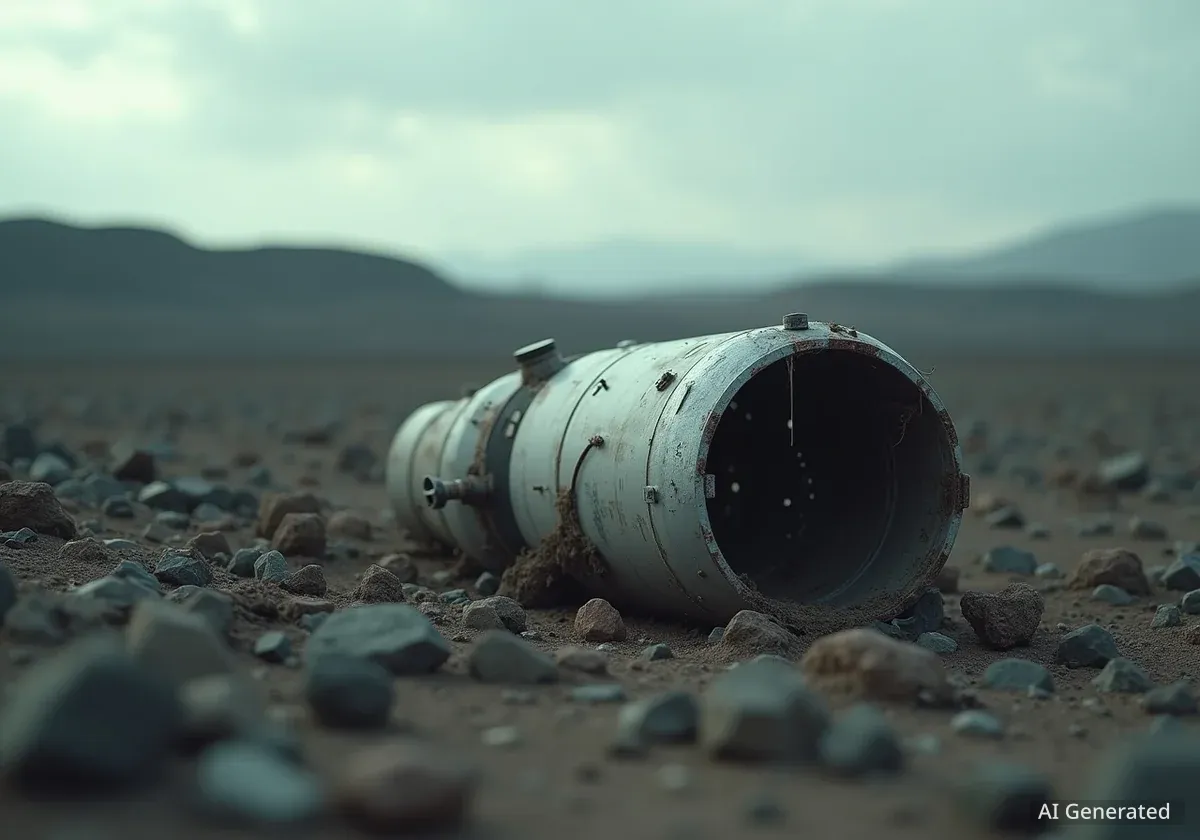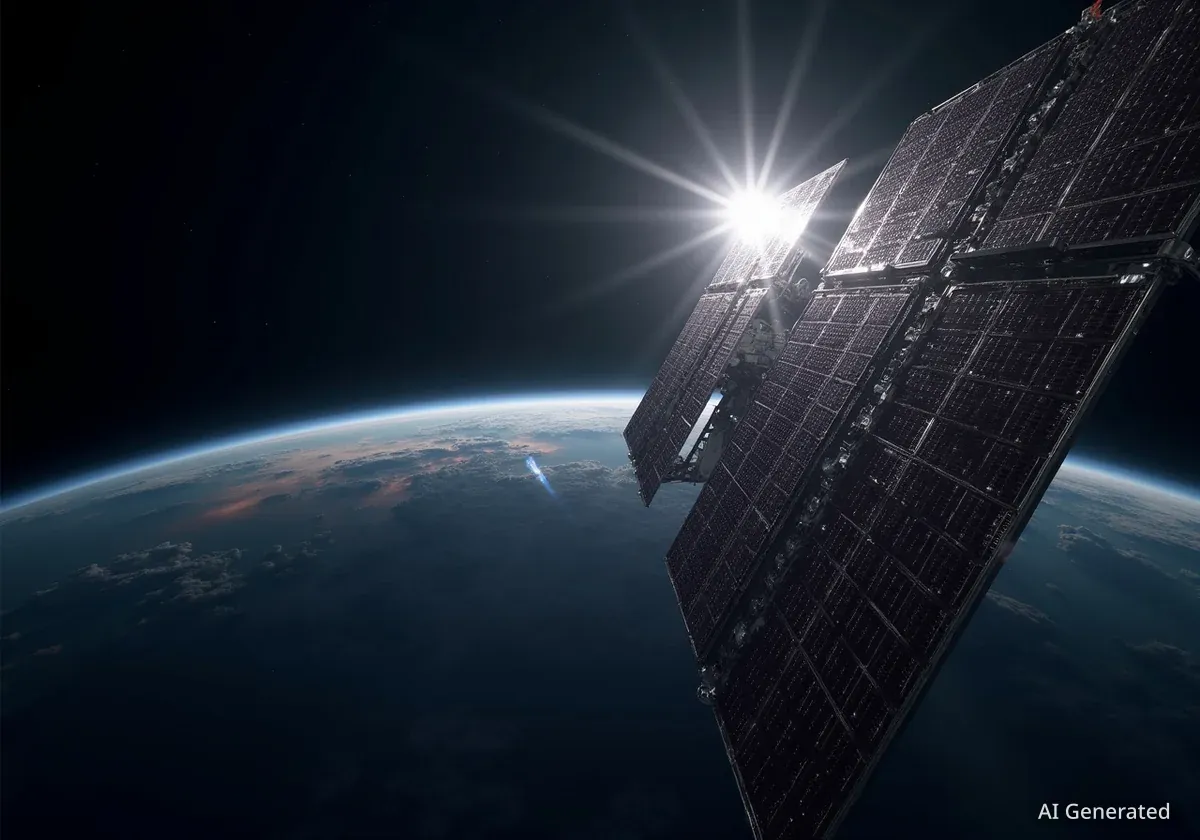Space exploration pushes the boundaries of human achievement, but it operates with extremely small margins for error. When mistakes occur, they can result in catastrophic financial losses and, in the most tragic cases, the loss of human life. These failures, while devastating, provide critical lessons that shape the future of aerospace engineering and safety protocols.
From simple software errors to complex mechanical failures, the history of spaceflight is marked by several high-profile incidents. Examining these events reveals the immense complexity and risks involved in venturing beyond Earth. Here are five of the most expensive and impactful failures in the history of space exploration.
Key Takeaways
- The Space Shuttle Columbia disaster, costing an estimated $13 billion, was caused by damage sustained during launch that led to its disintegration upon re-entry.
- The Challenger explosion, with losses over $5.5 billion, resulted from a faulty O-ring seal failing in cold weather, highlighting critical design flaws.
- NASA's Mars Climate Orbiter, a $125 million mission, was lost due to a software error involving a mix-up between metric and imperial units.
- The Soviet Salyut 2 space station failed after its launch vehicle malfunctioned, representing a multi-billion dollar setback in today's currency.
- Russia's Phobos-Grunt mission failed to leave Earth orbit, costing $170 million and underscoring the challenges of complex interplanetary missions.
Space Shuttle Columbia Disaster: A Tragic Re-entry
On February 1, 2003, the Space Shuttle Columbia disintegrated over Texas and Louisiana as it re-entered Earth's atmosphere. The catastrophic failure resulted in the deaths of all seven astronauts aboard mission STS-107. The incident marked the second fatal accident in the Space Shuttle program and led to a multi-year suspension of shuttle flights.
Investigations later determined the cause of the disaster originated during the shuttle's launch 16 days earlier. A piece of foam insulation broke off from the external fuel tank and struck the leading edge of the orbiter's left wing. The impact created a hole in the wing's reinforced carbon-carbon thermal protection panels.
During the intense heat of re-entry, hot atmospheric gases penetrated the damaged wing, destroying its internal structure. This eventually caused the vehicle to lose control and break apart. The loss of Columbia and its crew was a profound blow to NASA and the international space community.
Financial Impact of the Columbia Disaster
The total cost associated with the Columbia disaster is estimated at $13 billion. This figure includes the cost of the shuttle itself, the subsequent investigation, recovery efforts, and modifications made to the remaining shuttle fleet to prevent similar incidents. The disaster effectively ended the operational life of the Space Shuttle program a few years later.
Space Shuttle Challenger: A Failure on Launch
Just 73 seconds after lifting off from the Kennedy Space Center on January 28, 1986, the Space Shuttle Challenger broke apart in a plume of fire and smoke. The disaster killed all seven crew members, including Christa McAuliffe, a high school teacher who was set to be the first civilian in space as part of the Teacher in Space Project.
The technical cause was traced to the failure of an O-ring seal in one of the solid rocket boosters. Unusually cold temperatures on the morning of the launch had compromised the O-ring's elasticity, preventing it from properly sealing a joint. Hot, high-pressure gas escaped, burning through the external fuel tank and leading to a structural collapse.
A National Tragedy
The Challenger disaster was broadcast live on television and watched by millions, including many schoolchildren, due to McAuliffe's presence on the crew. The event had a deep and lasting impact on the American public's perception of spaceflight and led to a nearly three-year halt in the shuttle program while NASA underwent significant safety and organizational reforms.
The financial cost of the Challenger disaster is estimated to be around $5.5 billion in 1986 dollars. This includes the price of the orbiter, the launch equipment, and the extensive investigation and redesign efforts that followed. The Rogers Commission, which investigated the accident, heavily criticized NASA's organizational culture and decision-making processes.
Mars Climate Orbiter: A Simple Unit Conversion Error
One of the most infamous and preventable failures in space history occurred on September 23, 1999, when NASA lost its Mars Climate Orbiter. The $125 million spacecraft was designed to study the Martian climate and act as a communications relay for the Mars Polar Lander. However, contact was lost just as it was scheduled to enter orbit around the planet.
An investigation revealed a surprisingly simple cause: a software error rooted in a failure to convert units. The ground-based software, developed by Lockheed Martin Astronautics, produced trajectory calculations using imperial units (pound-seconds). The spacecraft's software, however, expected these figures to be in metric units (newton-seconds).
"The problem here was not the error, it was the failure of NASA's systems engineering, and the checks and balances in our processes to detect the error. That's why we lost the spacecraft." - Dr. Edward Weiler, NASA Associate Administrator for Space Science at the time.
This discrepancy caused the orbiter to approach Mars at a much lower altitude than planned. Instead of entering a stable orbit, the spacecraft either burned up in the Martian atmosphere or skipped off it into deep space. The incident became a textbook example of the importance of meticulous systems engineering and clear communication in complex projects.
Salyut 2: A Soviet Space Station Lost After Launch
The Soviet Union's Salyut program was the world's first space station program, but it was not without its failures. Salyut 2 was launched on April 4, 1973, aboard a Proton-K rocket. While the launch itself was successful, a major malfunction occurred just days later.
The second stage of the Proton rocket exploded near the newly launched station. Shrapnel from the explosion struck Salyut 2, causing significant damage. The station lost pressure, and its flight control system failed. Ground controllers were unable to stabilize the station, and it began to tumble out of control.
Within two weeks, Salyut 2 had lost all power and was declared a total loss. It re-entered Earth's atmosphere and burned up on May 28, 1973. While the exact cost is difficult to pinpoint, the loss of the launch vehicle and the advanced space station represented a setback worth an estimated $3 billion in today's currency, significantly impacting the Soviet space program's progress.
Phobos-Grunt: Stranded in Earth Orbit
A more recent but equally costly failure was Russia's Phobos-Grunt mission. Launched on November 9, 2011, this ambitious robotic mission was intended to travel to Mars's moon Phobos, collect a soil sample, and return it to Earth. It was Russia's first interplanetary mission since the failed Mars 96 probe.
Unfortunately, the spacecraft never made it out of its initial parking orbit around Earth. After separating from its Zenit launch vehicle, the main propulsion unit failed to fire to begin the journey to Mars. Russian and European ground stations spent weeks trying to re-establish contact and command the spacecraft, but their efforts were unsuccessful.
Mission Objectives
- Travel to the Martian moon Phobos.
- Land on the surface to collect a soil sample.
- Return the sample to Earth for analysis.
- Carry a Chinese orbiter, Yinghuo-1, to Mars.
The Phobos-Grunt spacecraft, along with its toxic hydrazine fuel and the attached Chinese satellite, remained stranded in low Earth orbit. It eventually re-entered the atmosphere and broke apart over the Pacific Ocean on January 15, 2012. The total loss for the mission was estimated at around $170 million, a significant setback for Russia's planetary science ambitions.





